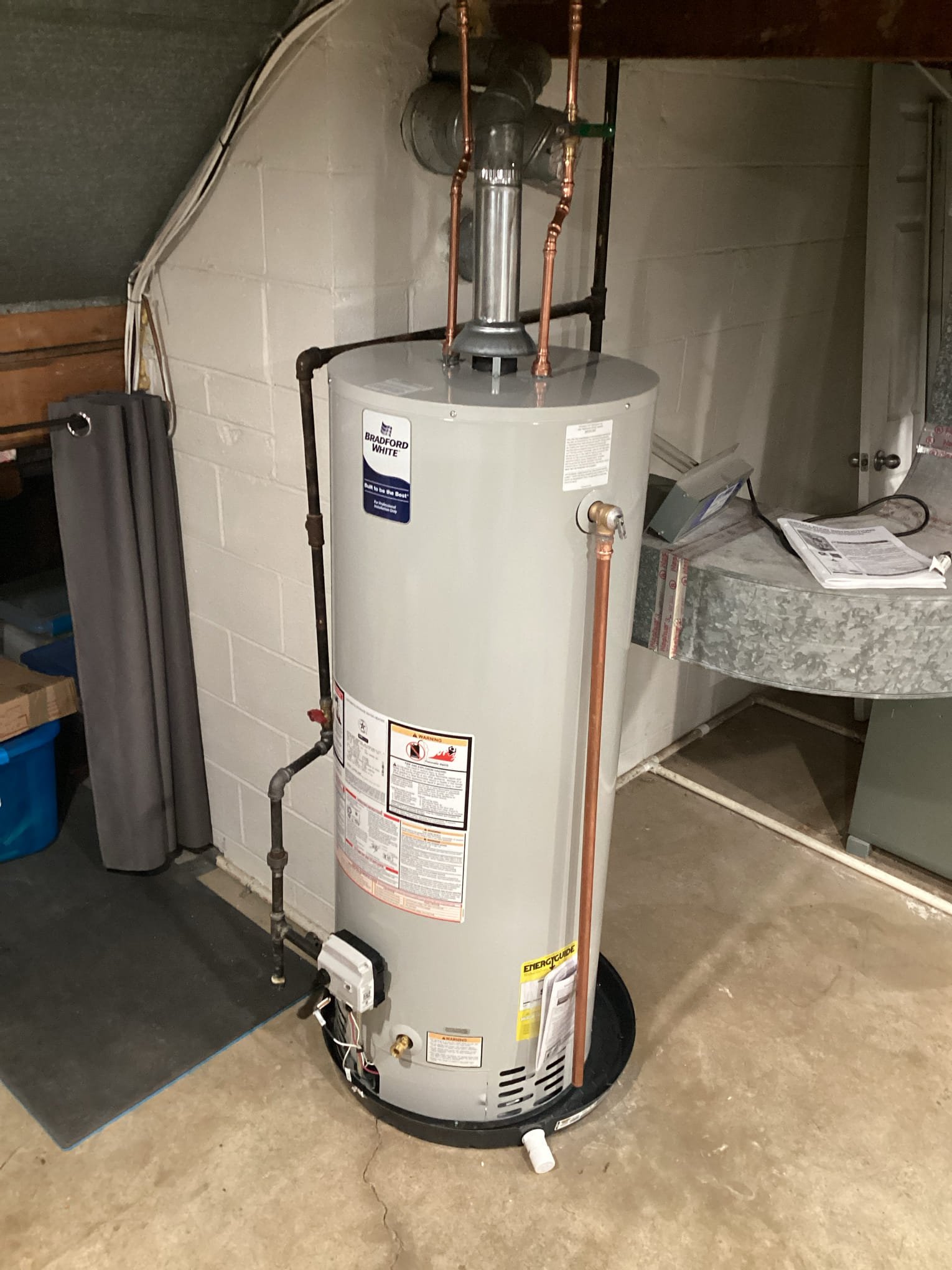Introducrtion
A leaking water heater may seem minor until it ruins flooring, damages drywall, and triggers costly mold issues. Sediment buildup, corroded valves, and worn anode rods all raise the risk of failure daily. Routine water heater maintenance in Cincinnati, OH, keeps hot water flowing while reducing hidden flooding threats. Professional plumbers spot warning signs early, from flushing sediment to testing valves, helping prevent disasters and protecting your home’s safetyWater Heater Care Lowers Risk of Costly Water Damage
1. Early Leak Detection Saves Thousands in Repairs
Water heaters often develop leaks from the tank base, connections, or pressure relief valve. During maintenance, plumbers inspect these areas for signs of corrosion, moisture, or loose fittings. Detecting a drip early can stop a minor issue from becoming a flood that ruins flooring or drywall. Timely fixes are less costly and more convenient than emergency cleanup. Catching leaks early also protects your home’s structural materials from slow, hidden water exposure.
2. Sediment Buildup Weakens the Tank from Within
Over time, minerals in hard water settle at the bottom of your water heater tank. This sediment traps heat, leading to overheating that damages the tank lining. The more buildup present, the higher the internal pressure and the weaker the metal shell becomes. Regular flushing during maintenance removes this sediment before it hardens. Clean tanks run efficiently, and more importantly, they’re less likely to burst or leak suddenly under pressure.
3. Pressure Relief Valve Testing Prevents Dangerous Blowouts
The pressure relief valve acts as a safety feature, releasing water when pressure inside the tank reaches unsafe levels. If this valve fails or becomes stuck, the risk of the tank rupturing increases. During maintenance, a technician tests the valve’s function to confirm it’s operational. A faulty valve, combined with internal corrosion or heat issues, can lead to sudden failure. Functional safety valves reduce risk and offer peace of mind.
4. Anode Rod Replacement Protects Against Internal Corrosion
Inside every water heater, a sacrificial anode rod attracts corrosive elements in the water, protecting the tank’s metal shell. Once this rod wears out, rust begins attacking the tank itself. Without regular checks, homeowners won’t notice the rod is gone until leaks appear. Replacing the rod as part of regular care extends the heater’s life and prevents tank failure caused by internal rust. This simple component plays a major role in leak prevention.
5. Thermostat and Electrical Component Checks Prevent Overheating
When thermostats malfunction or electrical connections degrade, the heating element may overheat the water or run continuously. Excess heat can warp internal components or weaken the tank. Routine maintenance includes testing these parts for accuracy and safety. Stable temperatures reduce stress on your system and help it perform reliably. Avoiding overheating not only protects your equipment—it keeps your home safer from thermal-related tank damage.
Water damage from a failed heater often begins quietly and grows quickly into costly repairs. Tank corrosion, sediment buildup, faulty valves, and overheating are all preventable when regular inspections and cleanings are performed. Proper maintenance helps your system run safely and reduces the risk of leaks or bursts. With each routine visit, your home gains protection from hidden plumbing threats. Long-term care of your water heater is a direct investment in home preservation.
Conclusion
Protect your basement from costly flooding—call our professionals at Eco Plumbers, Electricians, and HVAC Technicians at (855) 326-7586 for expert sump pump repair in Columbus, OH, to stay dry year-round.
📌 Trusted experts near you! Visit our Eco Service Center for fast, friendly plumbing, electrical & HVAC services you can count on — locally owned!









